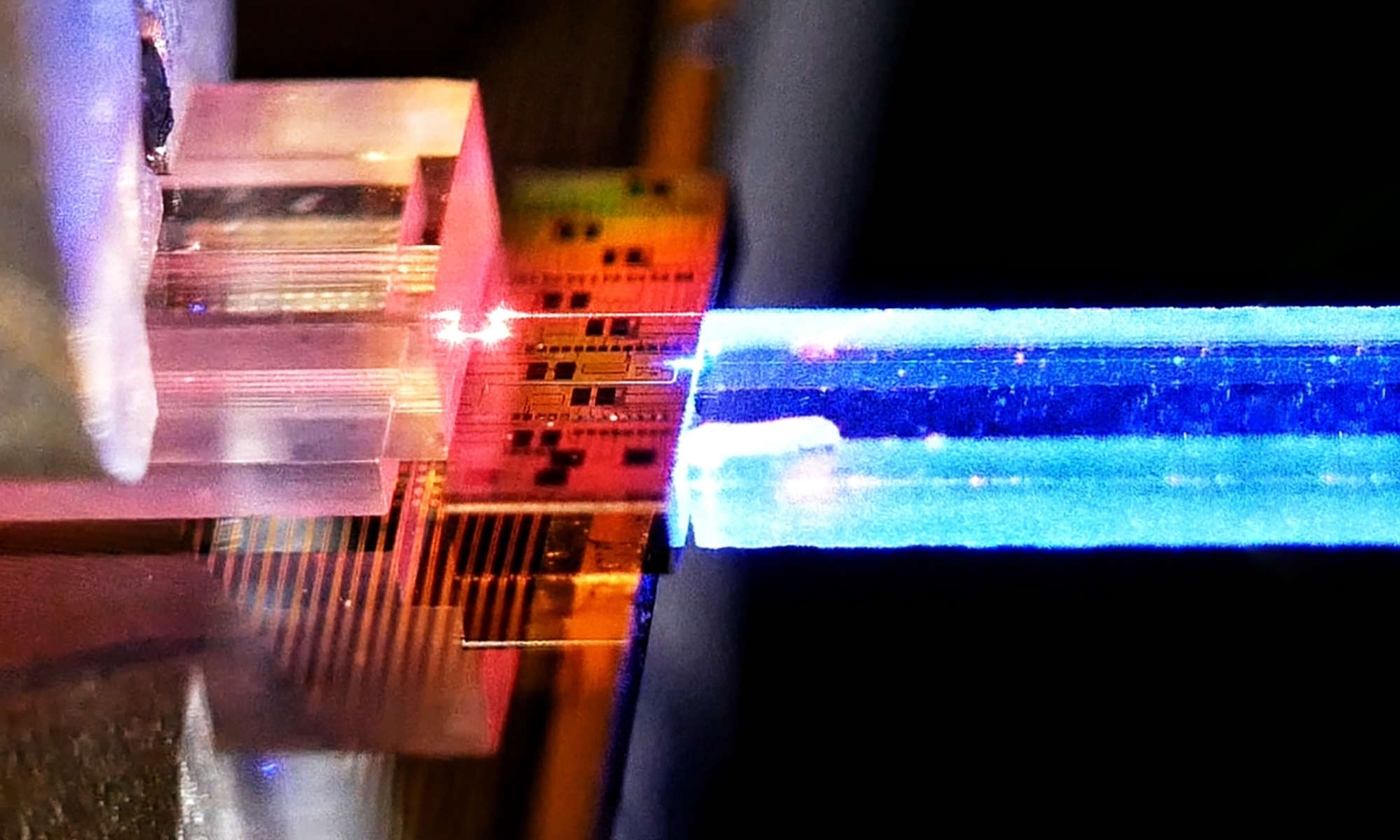
University of Rochester and RIT develop experimental quantum communications network
The Rochester Quantum Network uses single photons to transmit information over dual fiber-optic telecommunications lines.
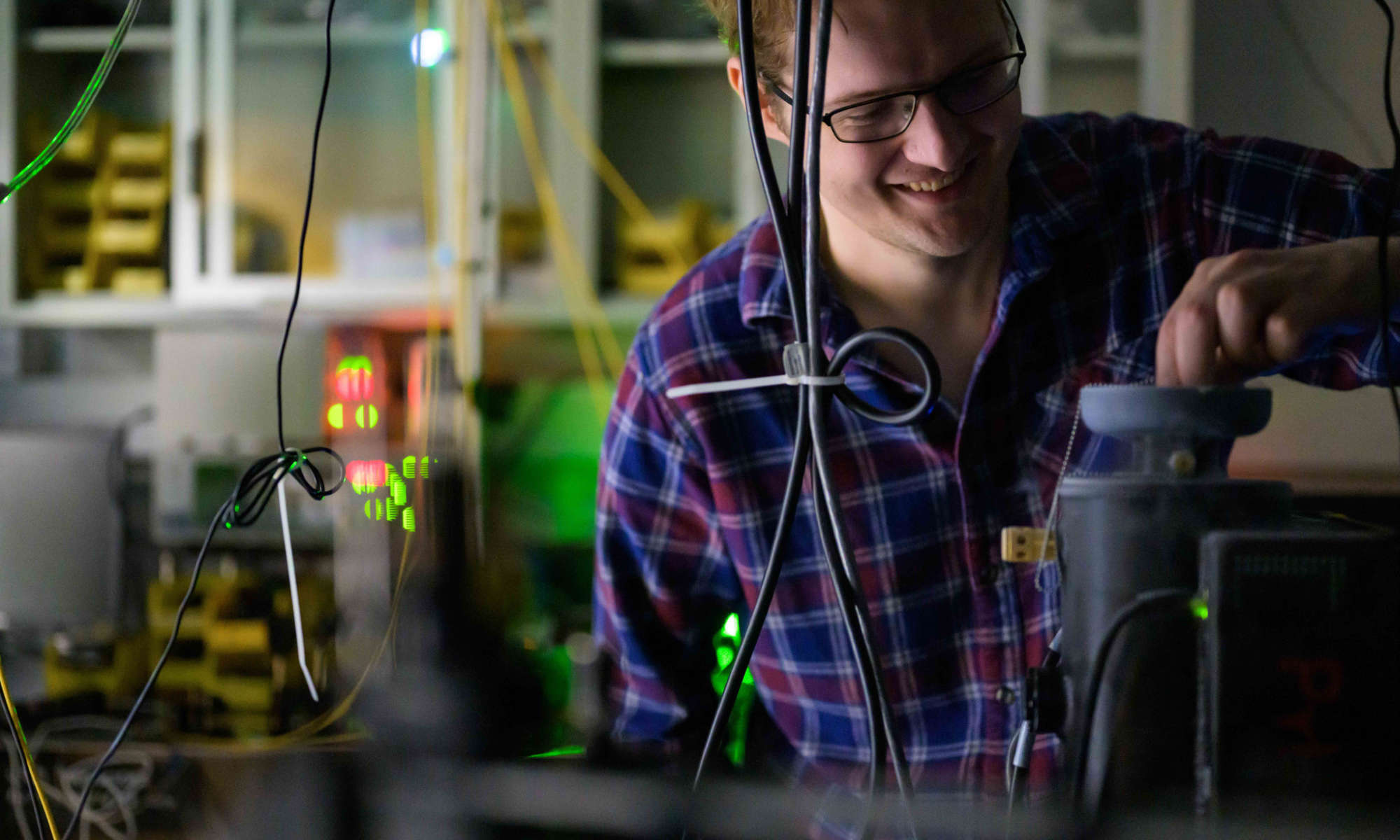
Twisting atomically thin materials could advance quantum computers
Placing two layers of special 2D materials together and turning them at large angles creates artificial atoms with intriguing optical properties.

‘High risk’ project uses quantum science to unlock new chemical reactions
Rochester scientists have secured national funding for a multi-institutional research effort that could alter the basic rules of chemistry.
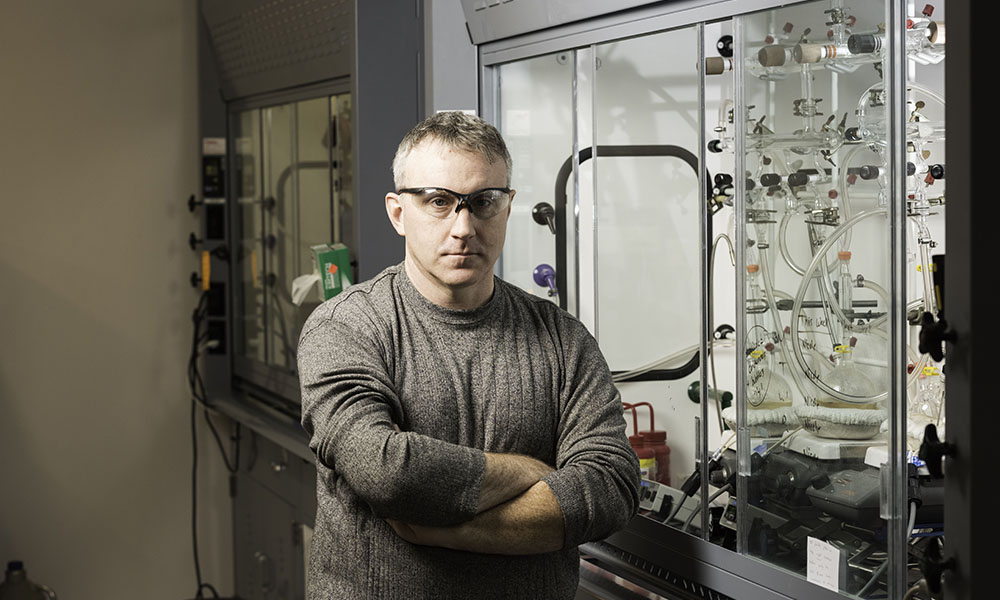
Rochester researchers join national initiative to advance quantum science
Rochester researchers led by Todd Krauss, a professor of chemistry, are joining a major US Department of Energy-funded initiative to advance quantum science and technology.
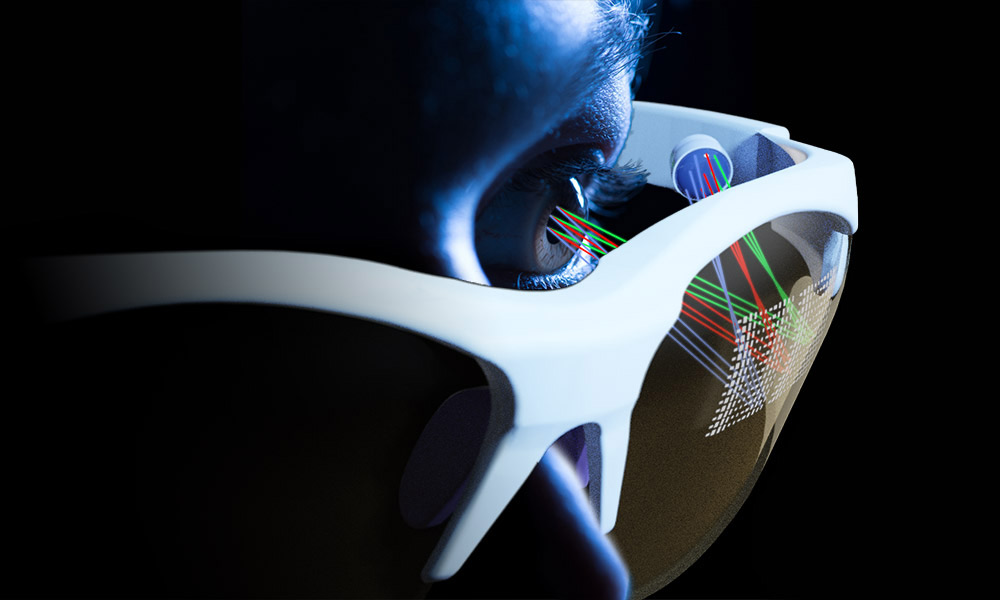
A new way to make AR/VR glasses look more like regular glasses
Rochester researchers are combining freeform optics and a metasurface to avoid ‘bug eyes’ in AR/VR glasses and headsets.
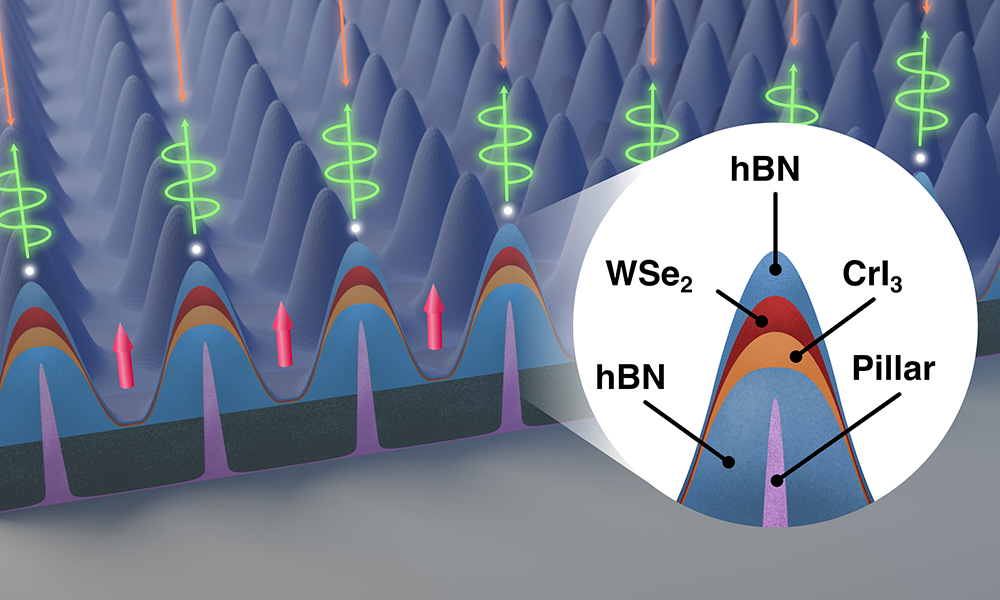
Building a quantum network one node at a time
New research demonstrates a way to use quantum properties of light to transmit information, a key step on the path to the next generation of computing and communications systems.
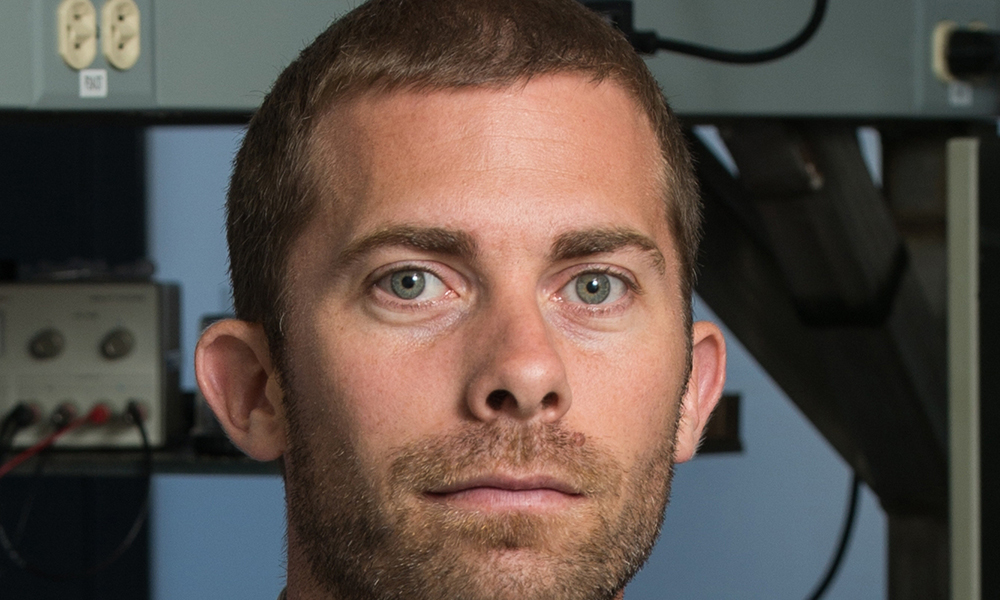
Nick Vamivakas named dean of graduate education and postdoctoral affairs
Vamivakas succeeds Melissa Sturge-Apple as dean of graduate education and postdoctoral affairs in Arts, Sciences, and Engineering.

‘Optical tweezer’ takes Nobel concept in a new direction
Rochester researchers are trapping nanoparticle-sized silica beads in an “optical tweezer” in a series of experiments that could shed new light on the fundamental properties of lasers.
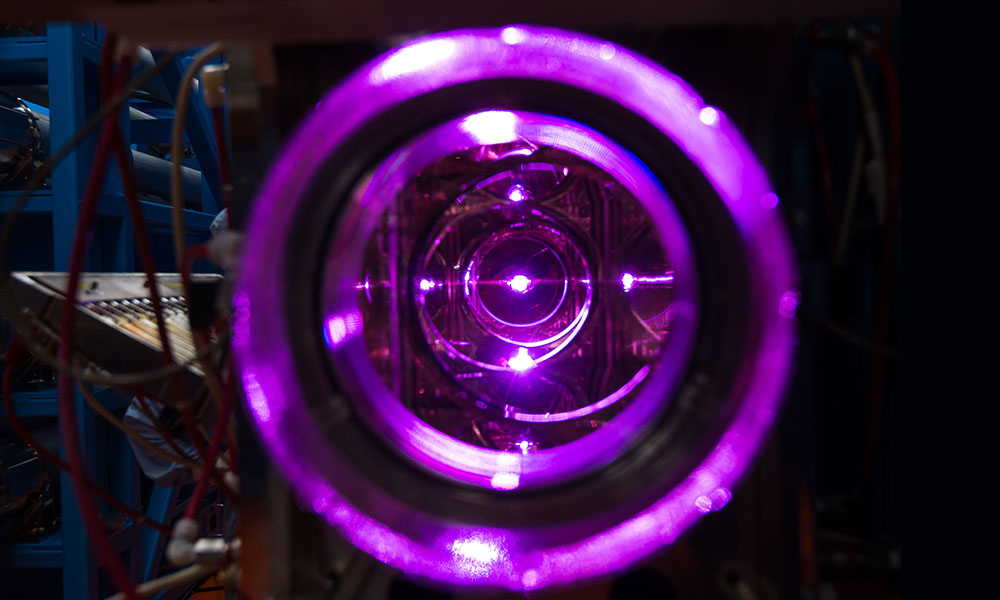
The year of the laser
In addition to their Nobel noteworthiness, Rochester researchers continue to develop new ways to apply lasers in research, medicine, and everyday life in 2018. Because frankly, we’re big on lasers.
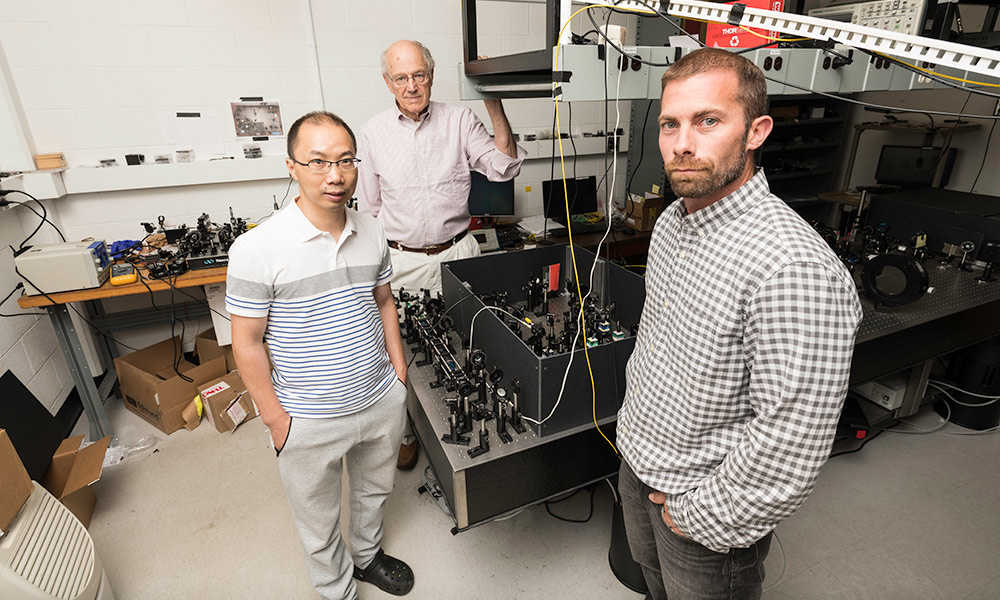
Wave particle duality of light: Resolving quantum ‘weirdness’
For 90 years physicists have known that incompatibly opposite properties are inherent in all elementary particles. Now Rochester researchers say they’ve resolved this weird and inescapable wave-particle duality.
